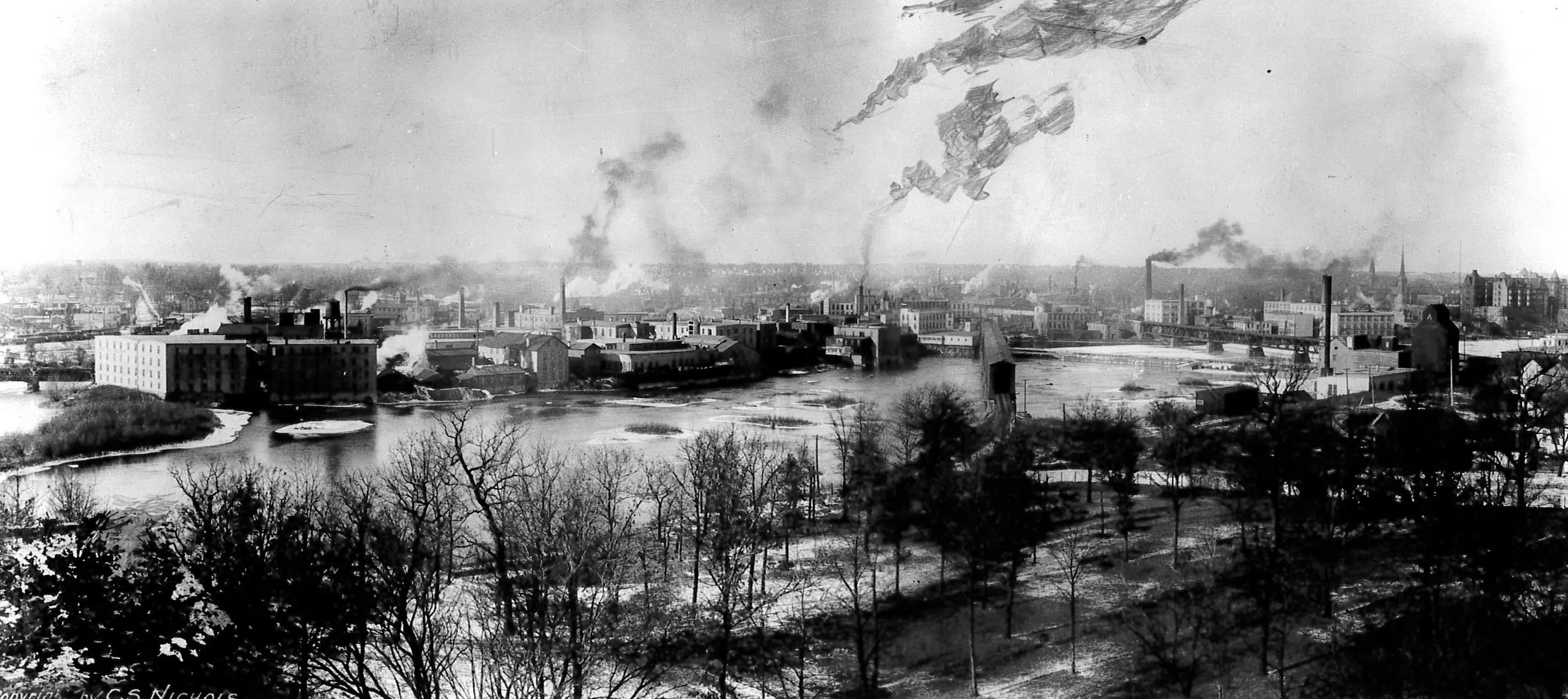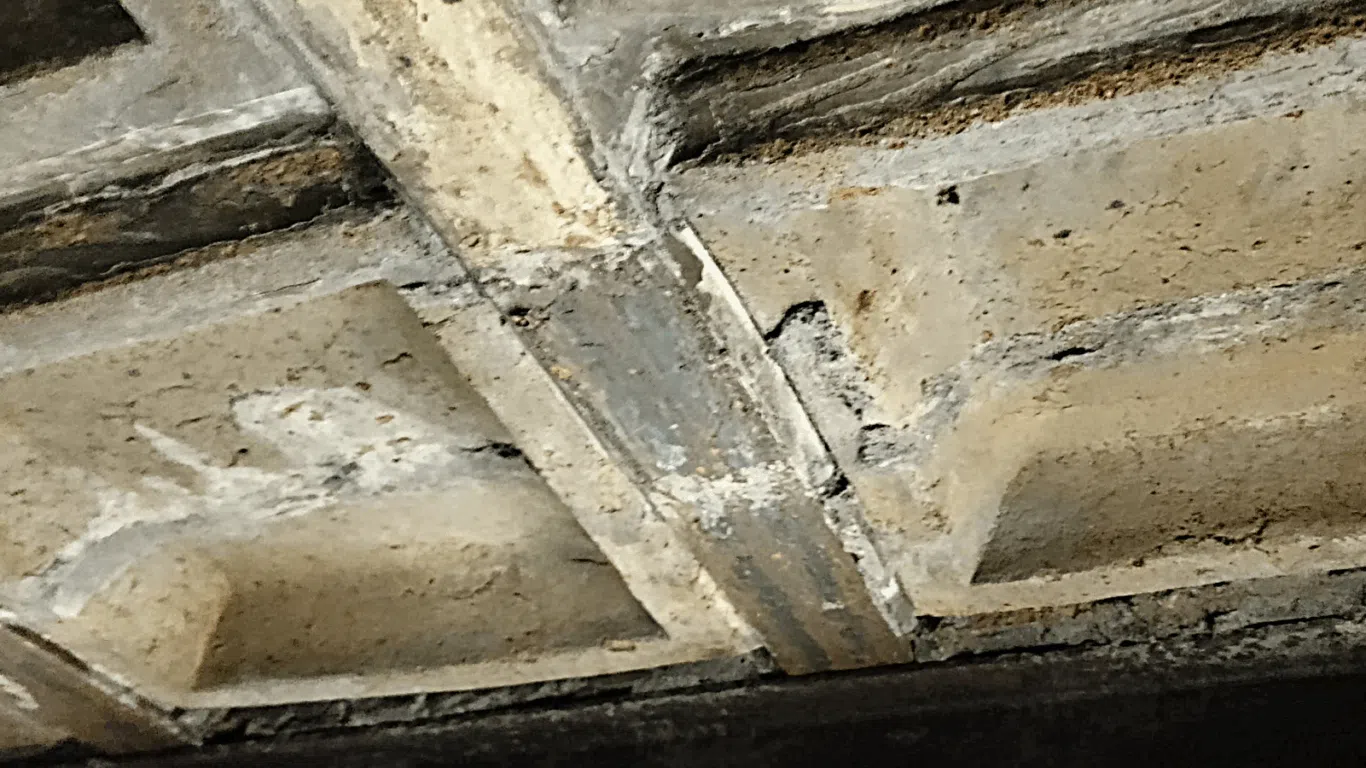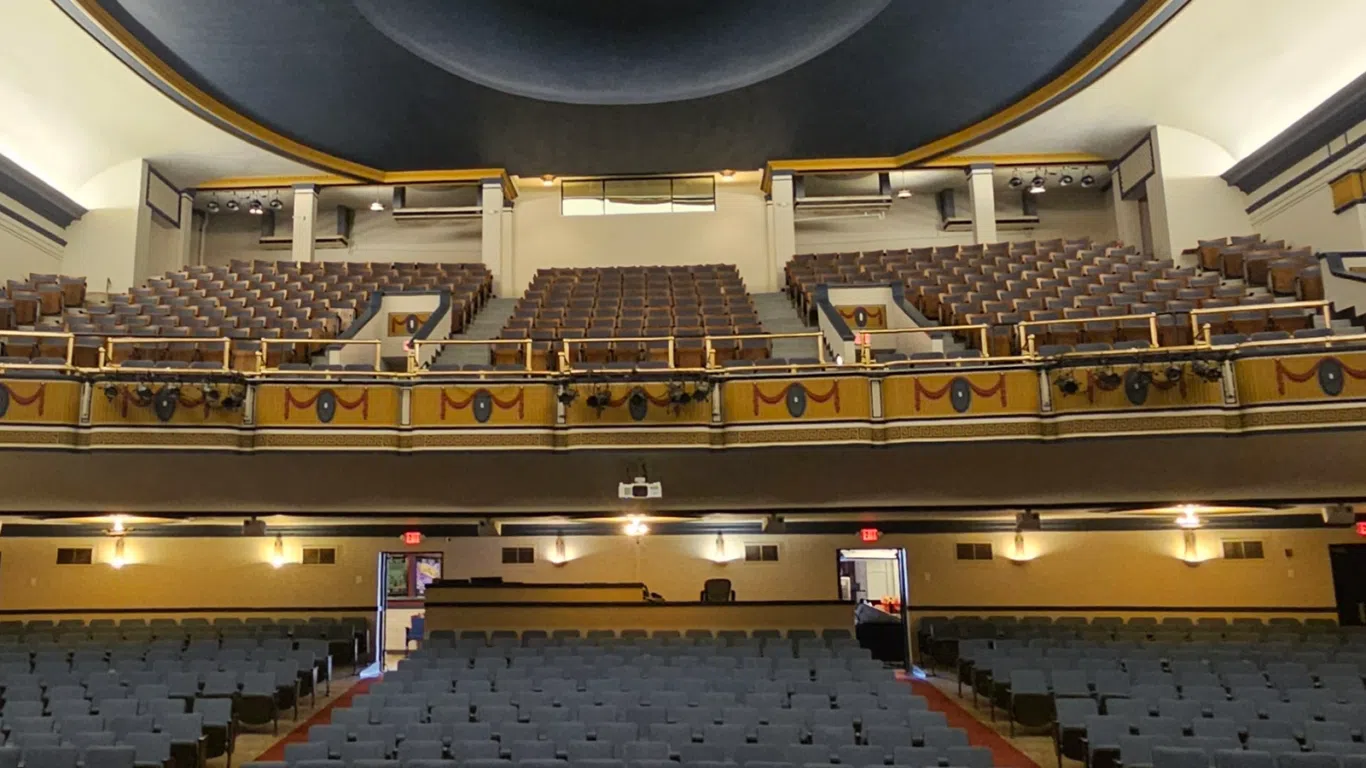Studio GWA along with Susan Benjamin of Benjamin Historic Certifications, LLC was selected by the City of Rockford to perform a Multiple Property Survey on 90 industrial buildings located throughout the City of Rockford. The purpose of the survey was to take inventory of our remaining industrial buildings that have contributed to our growth and prosperity as a community.
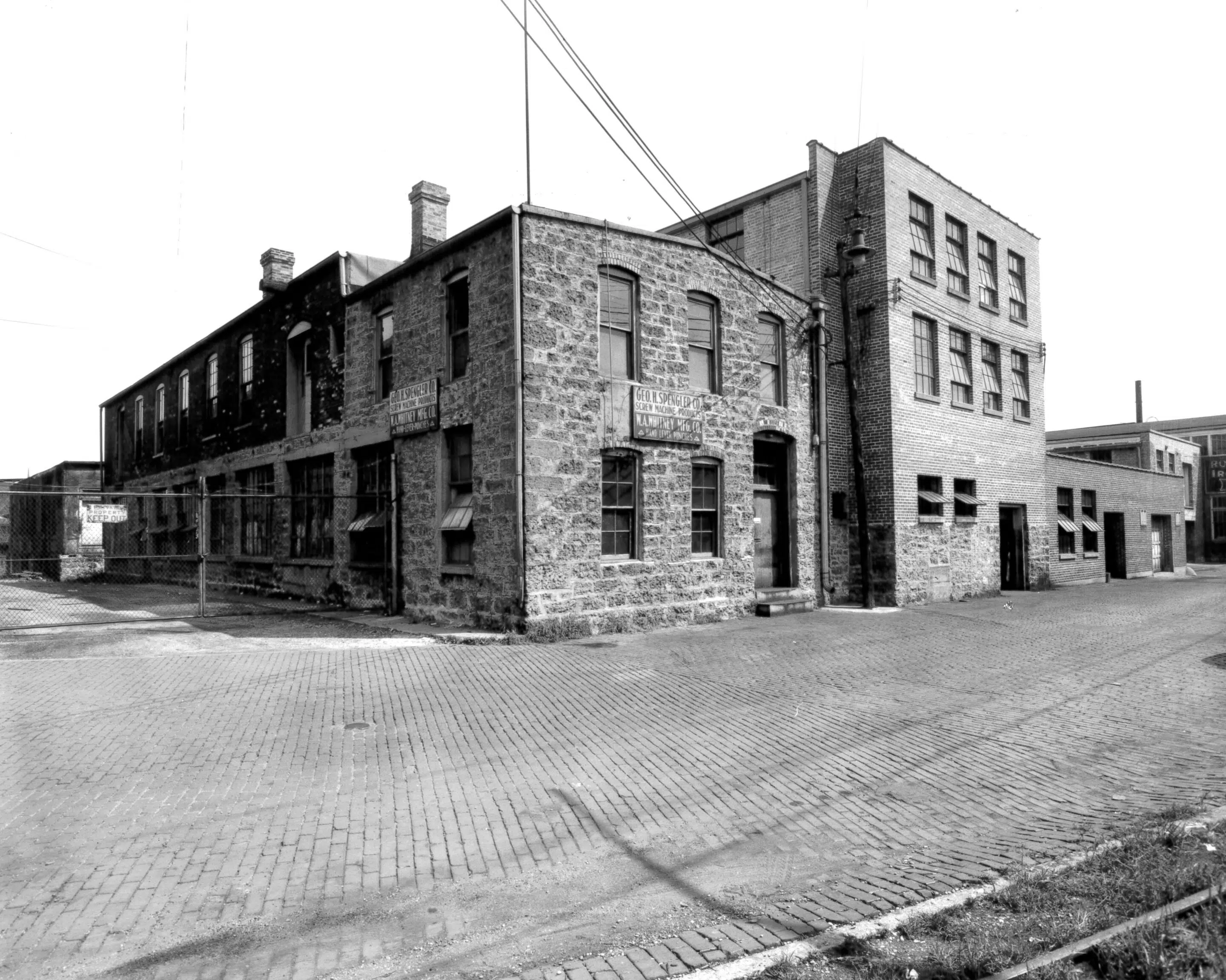
The Period of Significance within the survey is 1850-1930. 1930 is an appropriate year to end the Period of Significance, as The Great Depression significantly halted Rockford’s industrial development. Rockford’s industrial expansion in the 1940s, 50s, and 60s is worthy of another survey in the future.
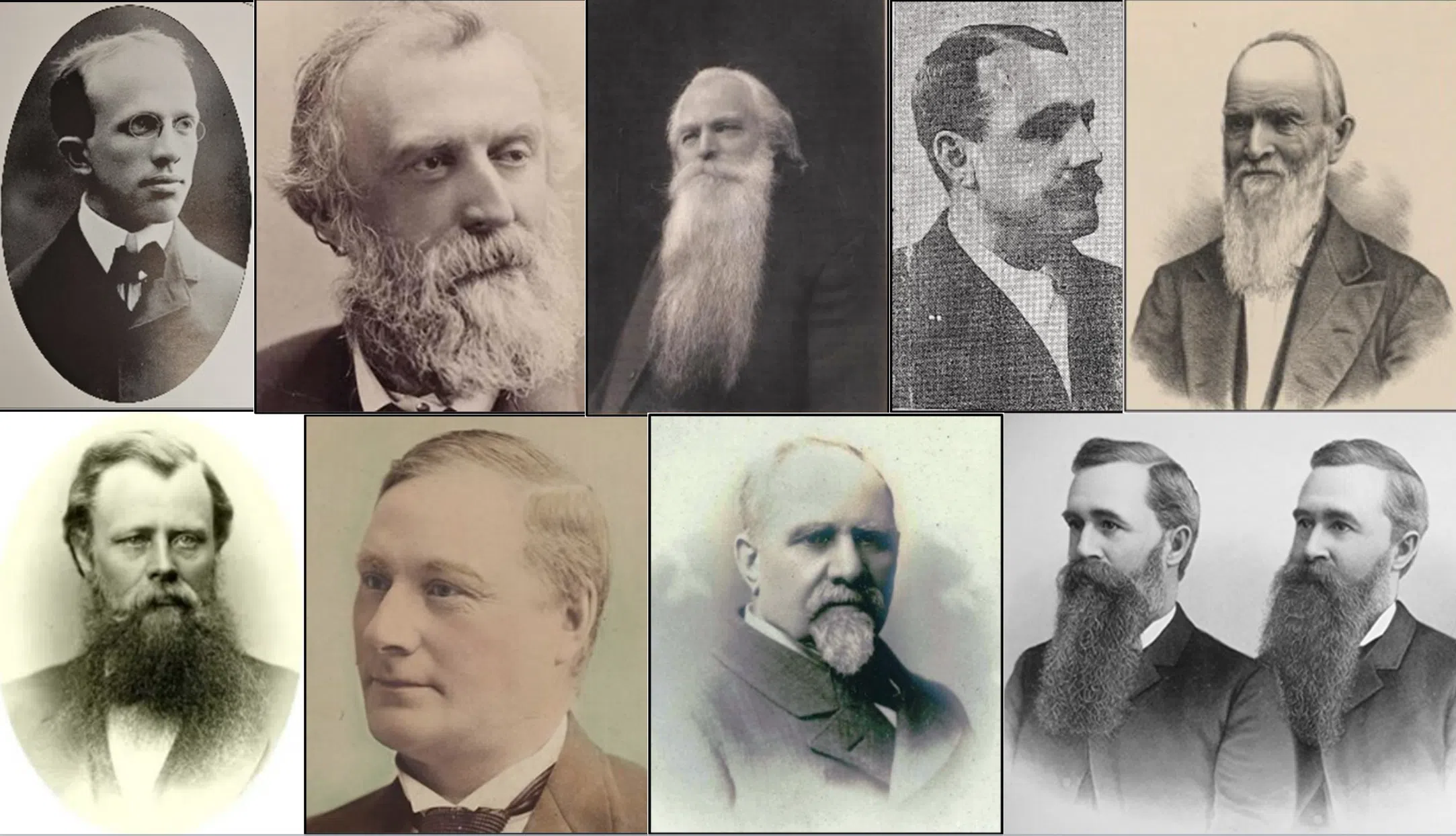
Pictured from top left to bottom right: Howard Colman; Ralph Emerson;
William Burson; Frank Brown; Wait Talcott; John Nelson; P.A. Peterson; William Ziock; Ralph and Robert Greenlee.
The original intent of the survey was to identify the architectural significance of the buildings that still remained. However, that quickly changed with our discovery of the rich industrial history that shaped our community’s development. Truly, this survey is an opportunity to preserve not only the built environment but also the history that occurred within the buildings, more specifically the people, ideas, creativity, and collaboration that has resulted in a continuing legacy for over 170 years. We discovered that a series of fortuitous circumstances, interconnected relationships, and alignment of resources were concentrated in one geographic area that became known as the Water Power District.
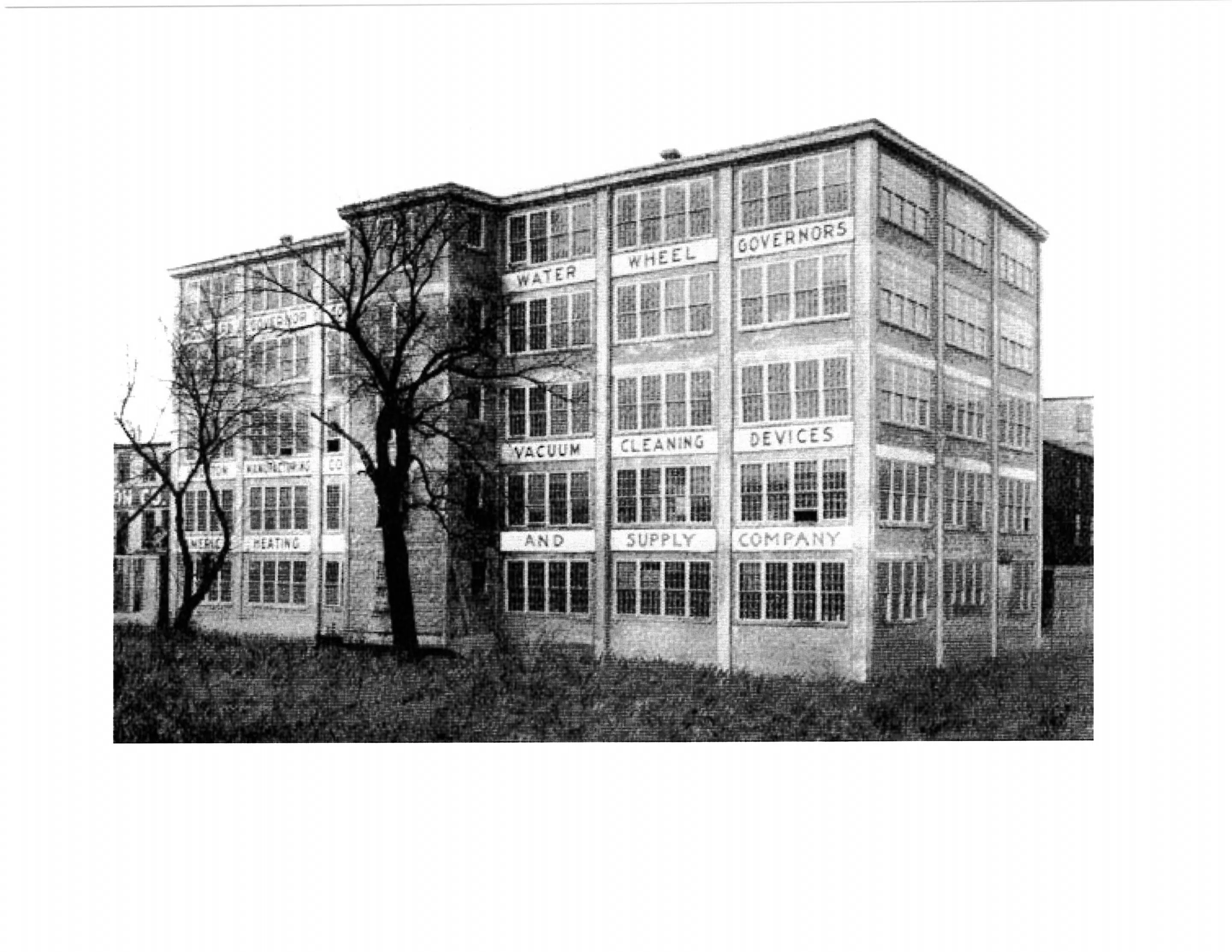
Sometimes we don’t listen very well to the lessons that history provides us all the time. We don’t take the time to understand the relevance of events that occurred in the past that resulted in failure, success, or a missed opportunity. This study gave us the opportunity to understand what elements created our successes and what led in some cases to their demise. Through our research, interviews, and a variety of other sources, we offer our perspective and observations of what happened to our industries and what lessons we can apply to today’s environment.
Rockford has had an enormous impact on our country and the world in the products we developed to advance civilization that continues to this day. We were, at the turn of the last century, the epicenter of change and invention. The Water Power District in the late 19th century was equivalent to what occurred in “Silicon Valley” in the 1970’s.
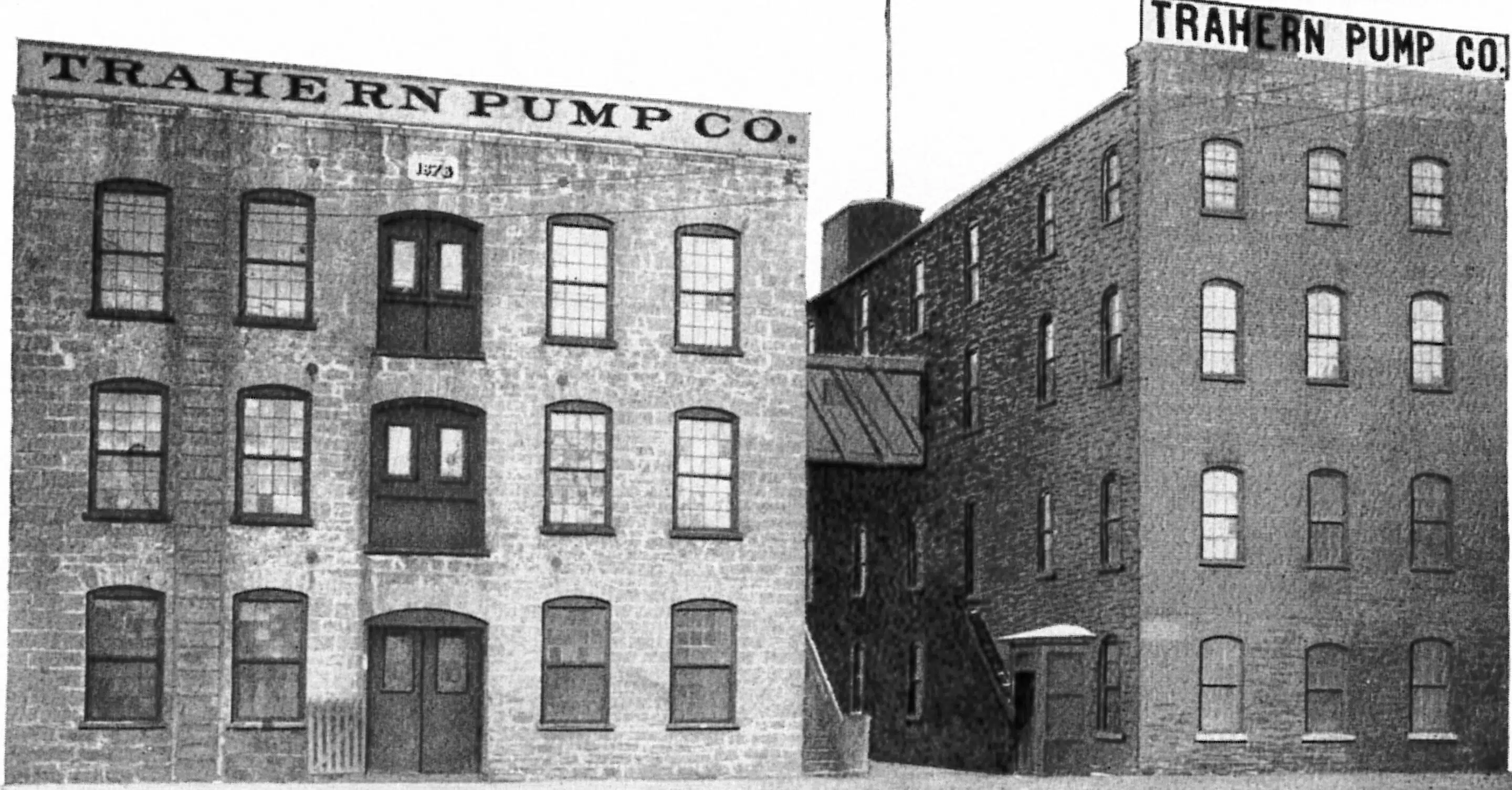
It has been a sincere joy to gather all of this history and information. We owe a great deal of gratitude to our volunteers, researchers, and Rockford Public Library staff that helped track down these nuggets of hidden history. Many thanks to those contributors that offered their own research that literally came out of nowhere to share their passions of Rockford History with us. Personal stories, memoirs, diaries, struggles, failures, and successes, have all contributed to this amazing story of what shaped Rockford.
We’d like to share in a series of blogs the stories of just how influential the Water Power District was. It is fascinating to see how an idea shaped a vision that evolved and grew over time and ultimately created our major industries that flourished, disappeared, or morphed into another industry. The connections are all there, we just need to listen to the lessons of history. We have had a lot of ‘aha’ moments discovering and assembling Rockford’s industrial history. We hope you will too.

Gary Anderson, AIA
“Architecture defines a community’s identity and vision, but it is the passion of its people that defines its character. Design should be purposeful in connecting place with people.”
Principal Architect
ganderson@studiogwa.com
